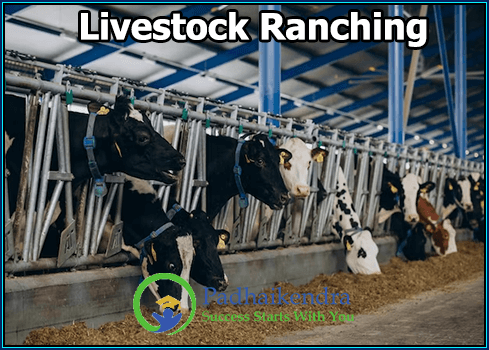Livestock ranching is a type of agriculture that involves raising grazing animals such as cattle, sheep, goats, or horses on large tracts of land known as ranches. Ranching is a common practice in many parts of the world, particularly in areas with large open grasslands or rangelands.
Livestock ranching can be extensive or intensive, depending on the level of management and the type of grazing system used. In extensive ranching, animals are allowed to roam freely over large areas of land, while in intensive ranching, they are confined to smaller pastures or feedlots and may be fed supplemental feed.
Ranching can provide a number of benefits, including the production of meat, milk, and other animal products, as well as the provision of jobs and income for rural communities. However, it can also have negative impacts on the environment, particularly if overgrazing occurs, leading to soil erosion, desertification, and loss of biodiversity.
To address these concerns, sustainable ranching practices have been developed, including rotational grazing, which involves moving animals between different pastures to prevent overgrazing, and using native or adapted plant species that are better suited to local conditions. Ranchers may also implement measures to conserve water and reduce the use of chemical inputs, as well as working with conservation organizations to protect wildlife and biodiversity.
Overall, livestock ranching can be an important source of food and livelihoods, but it is important to balance the benefits with the potential environmental impacts and work towards sustainable practices.





